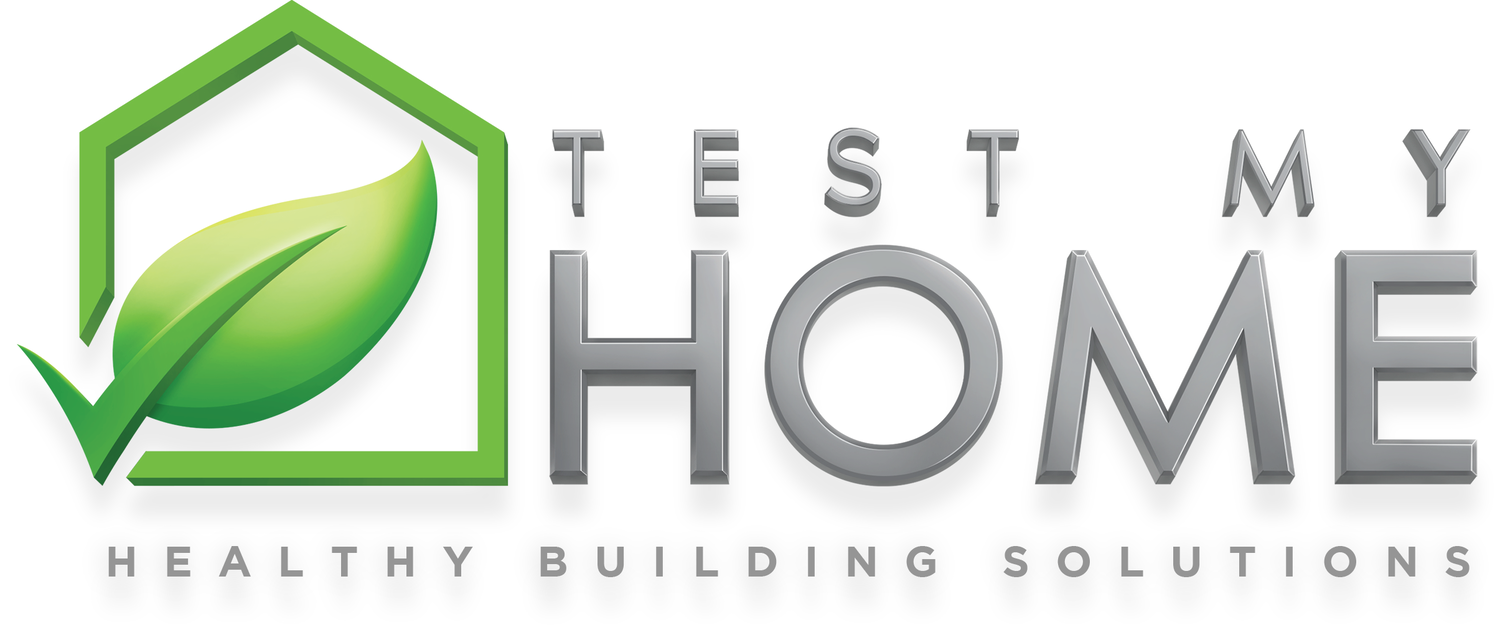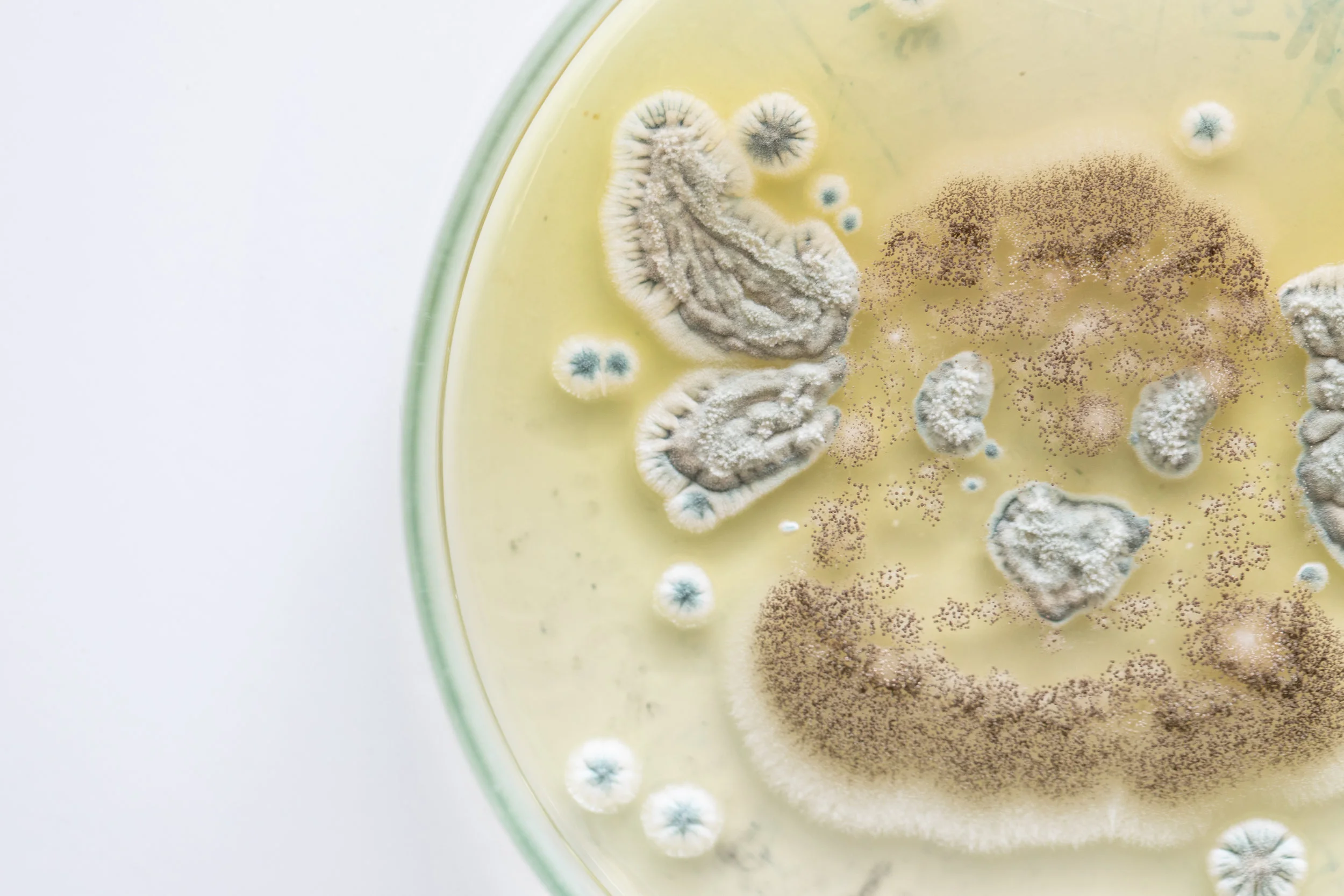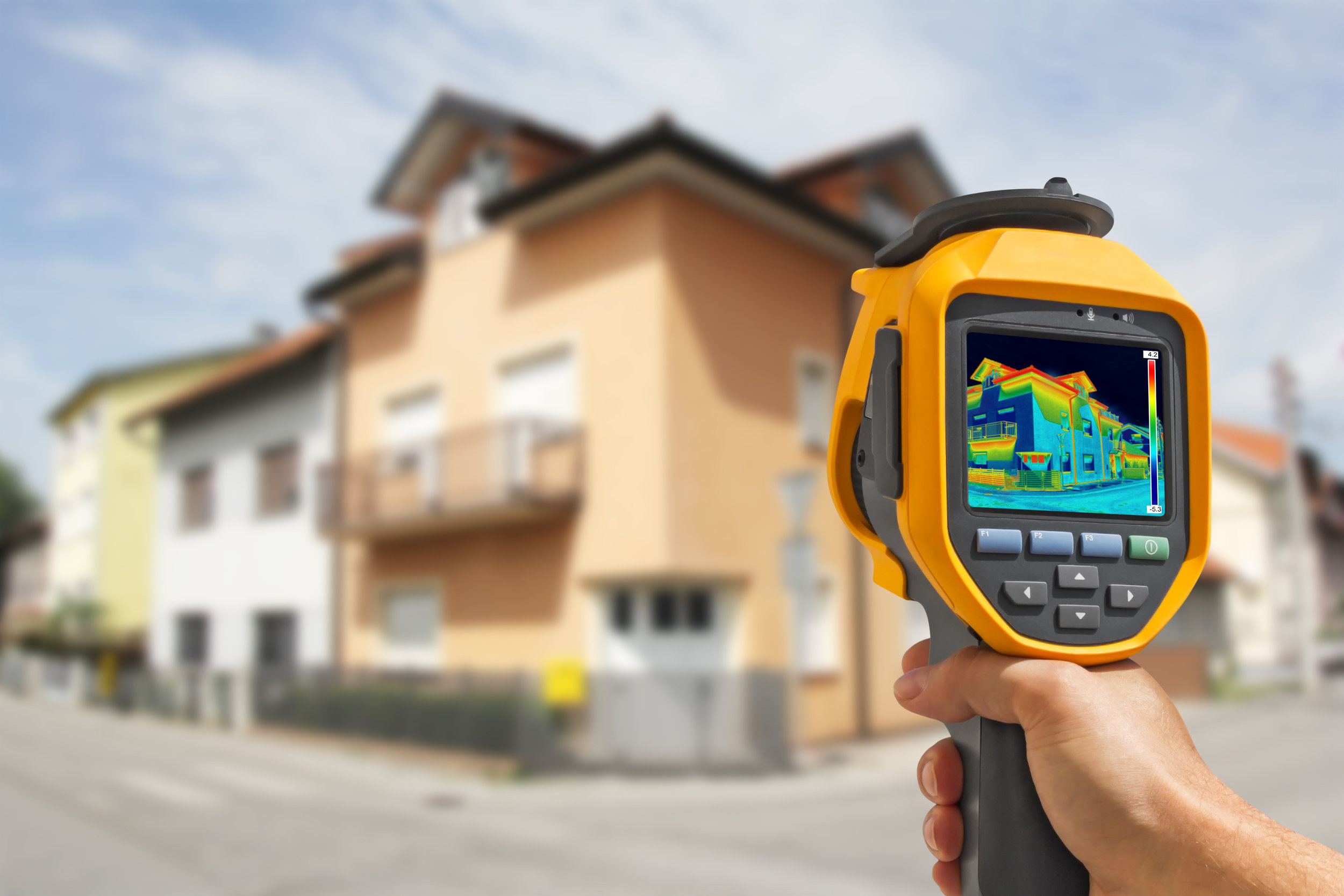Mold is a type of fungi that thrives in moist environments due to moisture intrusion, high humidity levels, and inadequate ventilation. Mold can spread throughout a building in as little as 48-72 hours. It can grow out in the open or grow hidden in the attic, basement, and wall cavities. There are thousands of types of mold in various colors. As mold grows, it produces mold spores that are very small and easily float in the air, polluting your indoor air quality.
Mold & Your Health
One in three people have had an allergic reaction to mold. Mycotoxins (fungal toxins) can cause a range of health problems with exposure to only a small amount. Mold spores polluting your indoor air can trigger existing health conditions or cause negative health effects including (but not limited to):
Chronic allergies ranging from mild to severe
Severe irritation of the respiratory system
Fatigue
Asthma and trouble breathing
Severe toxic reactions
Skin rashes
Headaches
Physicians may have trouble diagnosing mold illness - such as Chronic Inflammatory Response Syndrome (CIRS) and Toxic Mold Syndrome (TMS) - without knowing the condition of the indoor environment.
Water Damage & Microbial Growth
In addition to the potential negative health effects caused by mold, it is a destructive organism that can damage your building's structural integrity, especially where there has been water damage such as water leaks and spills or high humidity and a lack of ventilation. It can also be visually unappealing, and produce bad smells. It is recommended that every building be tested for mold because it can grow undetected in hidden places.
Mold Inspection & Testing
If you’re unsure whether you have mold in your building, our professional and certified Building Biologists can conduct a thorough inspection to determine if there are any signs of abnormal fungal ecology. Protect your health and building integrity and have your home tested for mold today!
Mold Inspection
We start with a visual inspection of the building. We look for evidence of moisture intrusion and mold in the environment, find the underlying causes and its location. We also use the following accompanying techniques to help confirm or verify areas of concern that cannot be seen with the naked eye:
Air Particulate Counter
Moisture Meter
Thermal Imaging Technology
We investigate all areas thoroughly for plumbing leaks, hidden roof leaks, missing, damaged or wet insulation and water and moisture intrusion that could lead to structural damage and microbial growth.
Mold Testing
Laboratory testing of samples may be needed to detect non-visible mold growth and identify spore types present. We use 5 methods of mold sampling:
Mold Report
A comprehensive report from the inspection will include notes on:
moisture intrusion
water damage
musty odors
apparent mold growth
conditions conducive to mold growth
the results of any laboratory analysis of mold samplings taken at the building
(Available upon request)





